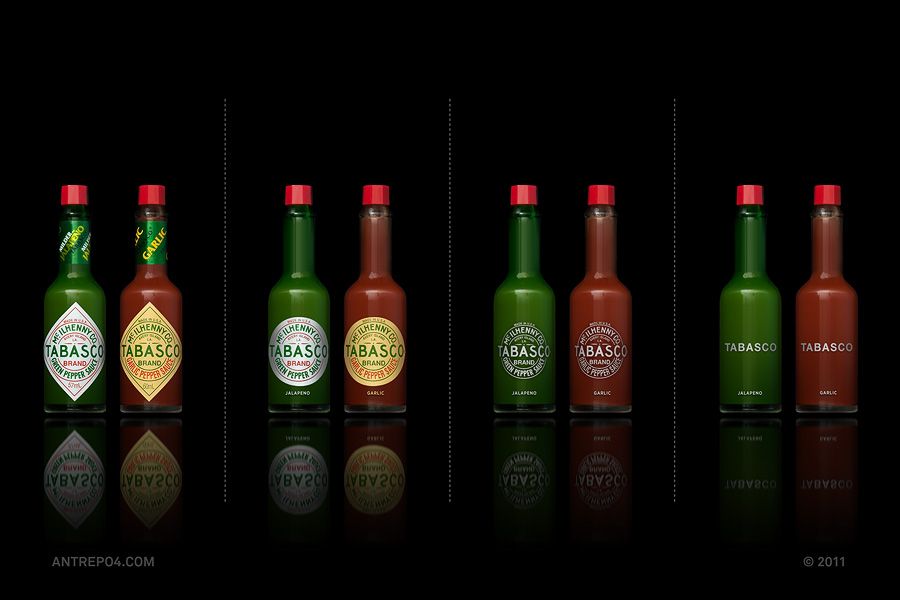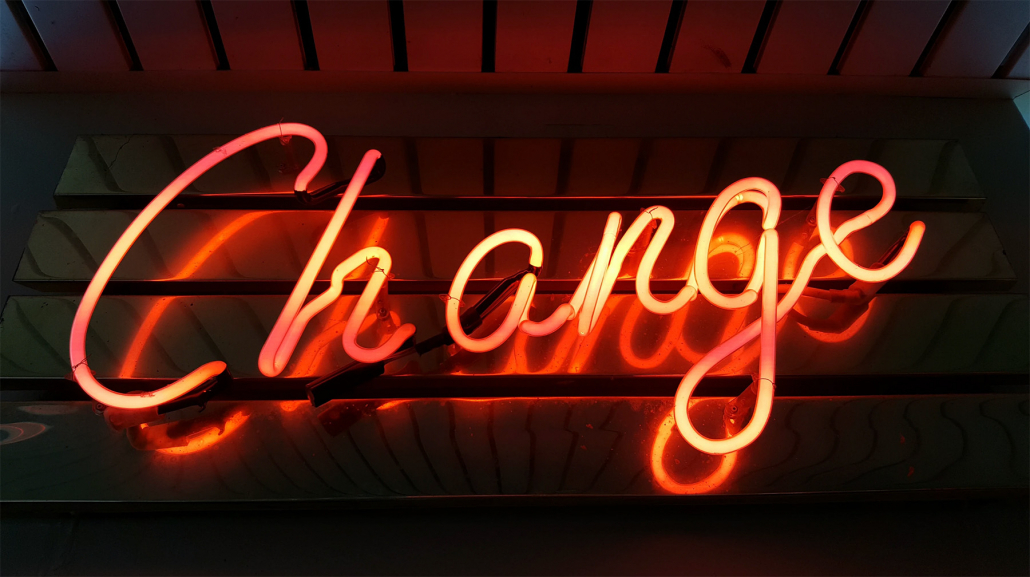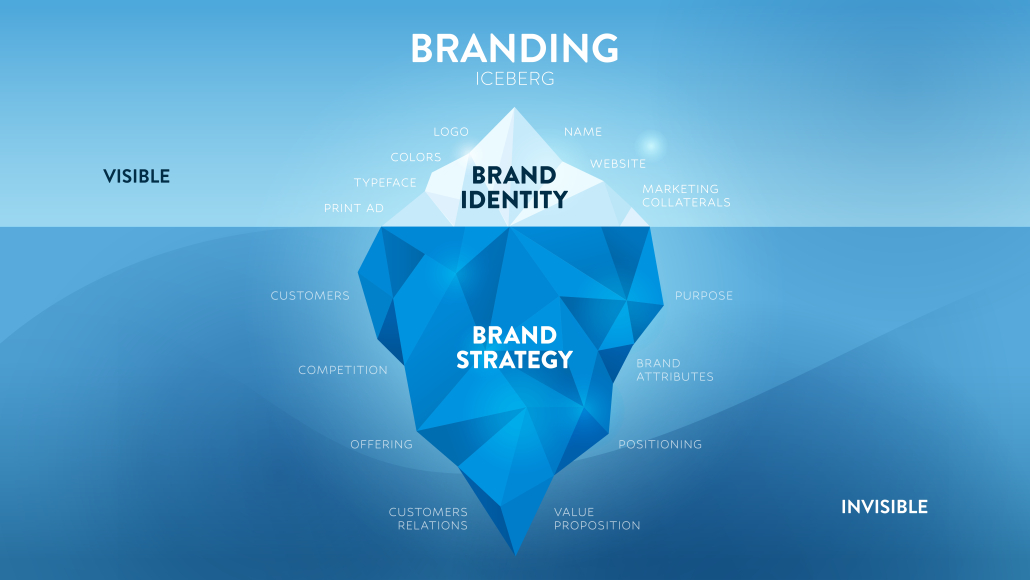Startups have a superpower that established companies would pay billions to recapture: nobody knows what you’re supposed to sound like yet. Established companies are trapped by expectations, legacy messaging, and the fear of alienating existing customers. You get to define yourself from scratch. Use that freedom.
As a startup, your brand messaging isn’t constrained by years or decades of positioning. You’re writing on a blank canvas while established competitors are trying to edit text that’s already been published.
The Fundamental Difference
Established companies have to explain why they’re changing. Startups get to explain why they exist. As a former optician, I remember when Warby Parker launched. They didn’t compete with other eyeglass frame manufacturers on product range, they competed on values. Their messaging was simple: glasses should be stylish, affordable, AND do social good. That wasn’t a feature comparison, it was a challenge to industry status quo. Meanwhile, traditional eyewear retailers were stuck defending their high-margin retail model because changing would mean admitting their pricing was unnecessarily inflated.
Bold Messaging Builds Bold Brands
Startups can be provocative because they have nothing to lose. Established companies must be diplomatic because they have everything to protect. Your messaging should reflect that courage. Don’t try to sound established. Sound like the future.
Your Messaging Checklist:
- Does your message challenge industry assumptions?
- Would established competitors be uncomfortable saying what you’re saying?
- Are you explaining a new way forward or just better features?
The most successful startup brand messaging doesn’t just communicate product features, it articulates a vision that established companies are often too cautious to champion. Be authentic. Be bold. Be revolutionary. Use this opportunity to your strategic advantage to communicate to an audience looking for a better option.







